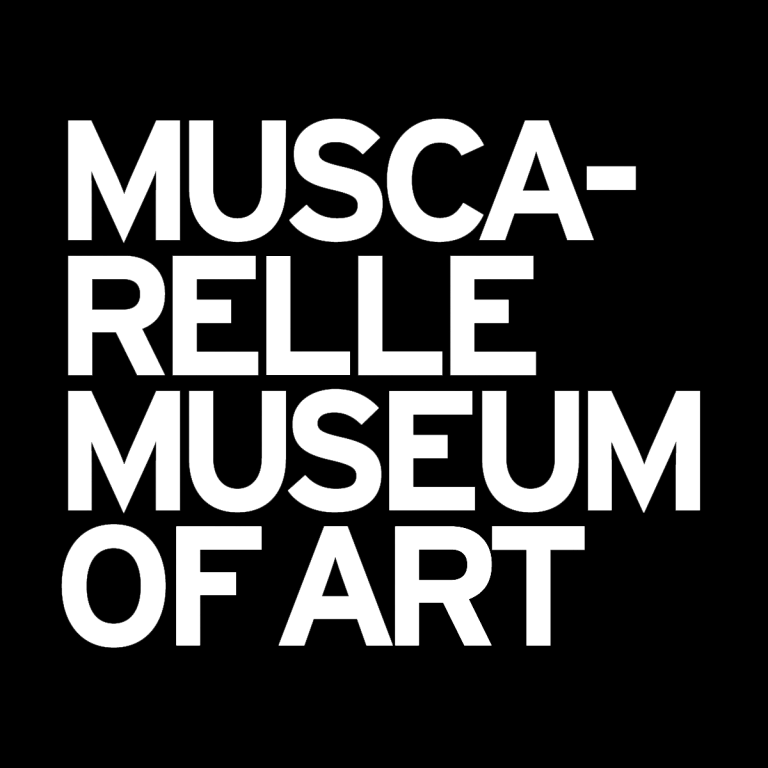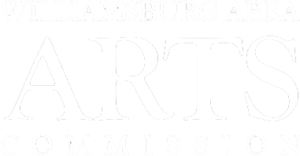

The Abstract Expressionists, a diverse group of artists working in post-WWII New York City, formed the first distinctly American art movement and established New York as a major center of the art world. While Rothko, Pollock and de Kooning are among the best-known abstract expressionists, there were many important artists, particularly women and artists of color, whose influential contributions remained at the margins of the movement.
In spring 2023, our Muscarelle Explorations series focused on a few of the names that the spotlight often missed. Through a series of lectures by distinguished scholars, a book talk and an art-making workshop, we explored the movement and discovered the energy and determination that propelled the work of some of America’s greatest artistic talent.
LECTURES
Introducing Abstract Expressionism: The American Movement
David Brashear, Director, Muscarelle Museum of Art
As the U.S. worked its way through the Great Depression, an artistic energy developed in New York, in part driven by the WPA’s public art program. A group of artists, working both uptown and downtown, began to move away from representational art and focus their efforts on new approaches to abstraction.
Some were more established, and some were relative newcomers. Some were older, and some were younger. Many were men, but some were women — and people at the margins were part of the artistic conversation. In this session, we set the groundwork for our spring lecture series, Modern Masters at the Margins, by identifying the players who changed the world of art and moved its international locus from Paris to New York.
Norman Lewis, Ad Reinhardt, Adolph Gottlieb, Dorothy Dehner: A Notational Evolution
Andrianna Campbell-LaFleur, Lecturer in History of Art and African American Studies, Yale University
Many abstract expressionist painters looked to notational stand-ins for meaning, using simplified marks and instinctive line-making to denote more complex language systems. For them, these rational and id-based notation systems were places of universal convergence — and demonstrate the interests of a society exploring technology and systems theory in the 1930s – 1950s. This talk explores abstract expressionist artists less seduced by unintelligibility and less inspired by the fanciful commentaries of the Surrealists, while moving to a future of pictorial understanding.
The Life and Work of Abstract Expressionist Lee Krasner: A Biographer’s View
Gail Levin, Professor of Art History and American Studies at the Graduate Center and Baruch College, CUNY
Lee Krasner once said, “I think my painting is so autobiographical, if anyone can take the trouble to read it.” Art historian Gail Levin first interviewed the artist when she was a twenty-two year-old graduate student. Dr. Levin’s presentation takes us on an illustrated journey from Krasner’s birth in 1908 Brooklyn to her love of nature on the Eastern End of New York’s Long Island. In addition to an art historical analysis, Dr. Levin shares some of the insights she gained traveling to Krasner’s parents’ hometown in Ukraine in 2010; meeting the family of Krasner’s first companion, the Russian émigré Igor Pantuhoff; interviewing Krasner’s friends like playwright Edward Albee; and even learning from Krasner how to cook some of her favorite foods.
Abstract Artist Lynne Mapp Drexler’s Journey from Virginia to Maine
Gail Levin, Professor of Art History and American Studies at the Graduate Center and Baruch College, CUNY
Imagine a story of an artist who escaped from an art world rife with competition and her struggle to find herself, landing on an enchanted island, where she lived happily ever after, painting, though forgotten, for the rest of her life. She went so far as to write to a friend what her dealer could tell collectors who inquired about her: “advise them I’d become a hermit — an eccentric one and that I come to NYC when provided with orchestra seats to the Met, clubhouse tickets to the racetrack and absolutely no talk of art or the scene.” After her death in 1999, her paintings were discovered, and collectors now compete to own them. This is the story of Lynne Drexler, a one-time W&M student, whose colorful and engaging pictures speak for themselves.
Turning the Feather Around: The Life and Work of George Morrison
Danielle Moretti-Langholtz, Curator of Native American Art, Muscarelle Museum of Art
Born and raised near the Grand Portage Indian Reservation in Minnesota, George Morrison (Ojibwe) had a long and distinguished career as a painter and sculptor. This presentation will follow Morrison’s life story and his foray into the inner circle of some of the most prominent American expressionists of the day, and his return to Minnesota during the rise of the American Indian Movement in 1970. A recipient of numerous accolades during his lifetime, some scholars argue that Morrison’s work has been overlooked. However, Morrison’s work is currently receiving new attention. This presentation also highlights two newly acquired works by Morrison, further expanding the Muscarelle ’s collection of prominent Native American artists.
WORKSHOP
Abstract Watercolor Monotype Workshop
Steve Prince, Director of Engagement, Muscarelle Museum of Art
Artist and Director of Engagement Steve Prince led this exciting hands-on workshop exploring the expressive power of abstract art through the medium of watercolor monotypes. Participants created dynamic watercolor templates on Yupo paper, cut and arranged the dried color materials on an acrylic sheet, and utilized water-saturated archival paper to reconstitute the watercolors and create unique, multicolored prints.
BOOK TALK
Ninth Street Women by Mary Gabriel
David Brashear, Director, Muscarelle Museum of Art
Gary Ryan, Director and CEO, Virginia Museum of Contemporary Art
We hosted a virtual discussion of Ninth Street Women by Mary Gabriel, which chronicles the experiences of five women who dared to enter the male-dominated world of twentieth-century abstract painting — not as muses but as artists. Grounded in the historical context of the era, the book offers a detailed look at the work and lives of Lee Krasner, Elaine de Kooning, Grace Hartigan, Joan Mitchell and Helen Frankenthaler.
“Ninth Street Women is supremely gratifying, generous and lush but also tough and precise — in other words, as complicated and capacious as the lives it depicts,” wrote Jennifer Szalai in the New York Times about this true story from a National Book Award and Pulitzer Prize finalist.

